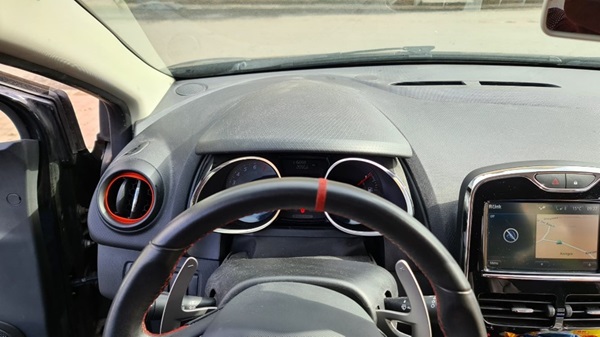
It only takes a few minutes of reading or viewing articles about electric cars before one is hit with phrases such as “it’s a nice car to drive, but it’s not as engaging as its petrol equivalent”, or “the acceleration in a straight line is breathtaking, but it is too heavy to enjoy through the corners” and so on. Effectively many electric car reviews and reviewers equate driving pleasure with factors such as “engagement”, “lightness”, “steering feel”.
There is a pervading sense that driving pleasure is linked to old school sensations of manual gear shifts and a lack of driver aids. Take terms like “flappy paddle gear shift”, a pejorative reference coined by British Top Gear when the first sports cars started to have semi-automatic or automatic gearboxes activated by paddle shifters on the steering column … the idea was that not using a manual gearbox somehow divorced the driver from the full driving pleasure of the car. Today a significant portion of the car market has automatic gears, and a large proportion of those have a “manual mode” activated by those previously vilified flappy paddles. Although we all have our own personal views, some very strongly held, I very seldom hear real drivers in the real world complain that their driving experience is diminished by having an automatic gearbox with a manual mode, although I do hear many people say that they just stick the car in automatic and drive.
Thus we slip back into the EV world. Almost all commercially available electric cars are automatic, yet most of them are equipped with those aforementioned flappy paddles. Why? Because they are used in a parallel but different way to those same flappy paddles on their thermic (petrol or diesel) counterparts, particularly, they reduce or increase engine braking, which, in the case of an electric car, rather means that the motor becomes a generator and slows the car down while adding charge back into the battery pack. The paddles in this case increase or decrease the amount of energy regenerated, and, with it, the degree and speed by which the car slows down when lifting off the accelerator. In many cases this regeneration (regen) effect can be used to completely halt the car without using the brake, hence the term “one pedal driving” that is often referenced.
In the same logical way that the paddle shifters have been repurposed into regen controllers, “driving engagement” can also be a logical repurposing … in mindset. In the same way that the hairy chested wind in the hair sports car enthusiast of yesteryear would shift up and down through the gears, striving to ensure that their often underpowered charger’s engine was always in the right zone, the electric car driver can engage, should they wish, in the altogether more 21st century pursuit of lowering their energy consumption (at this point I should doff my cap to those who will protest that there are other modes of transport that consume far less energy than personal cars, which is true, but not the subject of this article). There can be a certain pleasure in using the right level of regen at the right time to feed electrons back in to the battery pack, thus extending the range. Anticipative driving is key … the main enemy of reduced energy consumption is acceleration, so the less you have to brake and accelerate to match the flow of traffic, the less energy you will burn. This implies keeping your distance from the car in front, and reading the traffic conditions further ahead. This in turn implies a safer driving style, and can therefore lead to reduced risk of accident … truly a virtuous circle! Additionally, and again for those for whom this sort of thing matter, you can thrill to your own personal discovery of new ways to reduce that energy burn. An example … as with almost all manufacturers, Mercedes Benz has introduced increasingly intrusive driver “safety aids” to ensure that we do not stray from our lanes, or get too tired behind the wheel. One of those “nanny” devices on modern Mercedes automatically slows you down when going round a corner while in cruise control (useful in itself for energy efficiency). Some would say that Mercedes’ enthusiasm for doing so is excessive. However, in the previously mentioned spirit of repurposing, the engine “sport mode”, another feature of most automatic cars of the last few years, can be used to REDUCE energy consumption, as it allows Mercedes cars to corner at higher speeds, thus considerably reducing the speed reduction into, and the consequent acceleration out of, the corner. As Who’d have thought that the “sport” button could be used to REDUCE consumption?
We all take pleasure from different things, and we all have our own idea of driving pleasure. For many it is about simplicity, reliability, comfort and being able to fit the kids and the dog into the car and get to where we are going with the minimum of hassle. For others, not just motoring hacks, it is also about driver engagement. I would argue that electric cars are able to cater for all of those needs … and more … it just needs a small repurposing of mindset.









